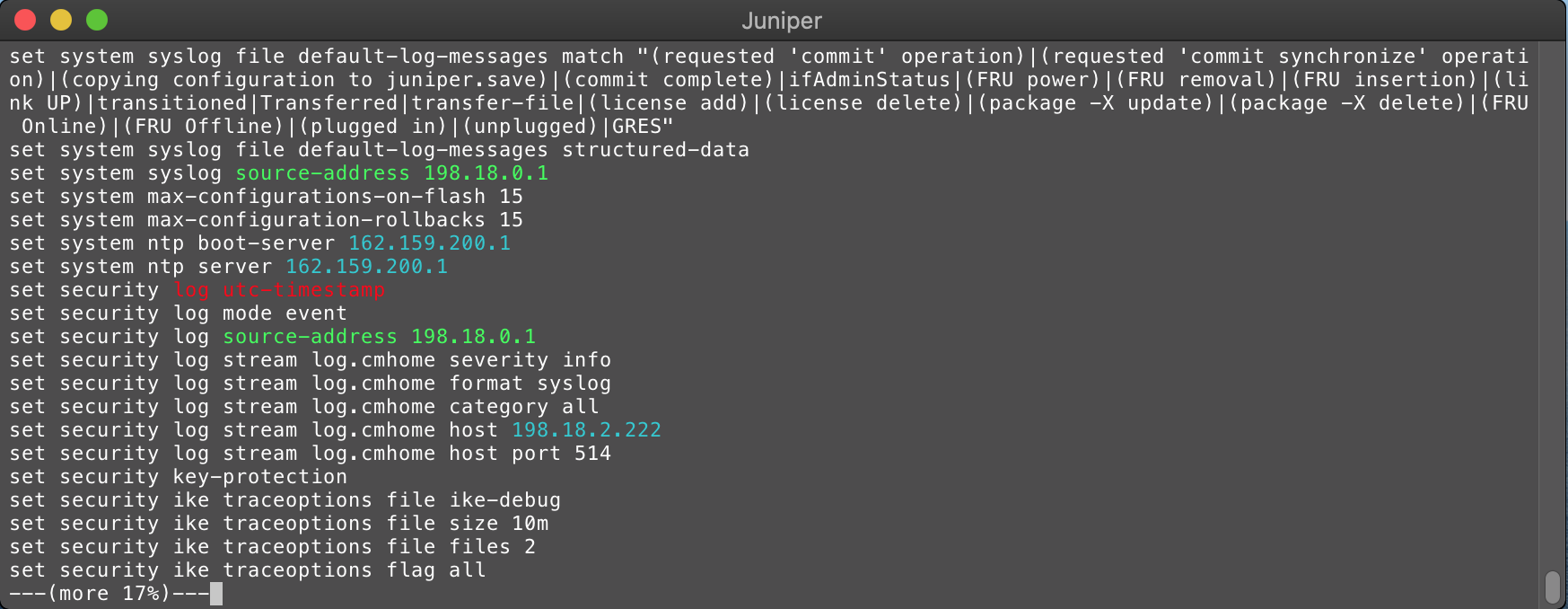

Note that the focus of this tutorial was to have it working on OSX but I’m pretty sure that’s possible to have the same environment running on Linux or Windows but without iTerm since this app is just available for OSX. Let me know if you have questions about this process. Left is dedicated to vim, right is iPython and most dev work ( also in vim).
My top visor is tiny abd usually used for quick ping tests, hostThis file will be loaded each time that you start a new session using your terminal, so during the next session you should see a question there because you don’t have the plugins yet Install? :, after the installation you should be able to have a terminal like I have here. I have one set for each side of the screen with option+WASD a-la gaming direction keys. In your iTerm2 window navigate to Preferences > Profiles > Text > Font and select a powerline font (they end in for Powerline ). Zplug "b-ryan/powerline-shell" function powerline_precmd () This is where you begin to customize your. Zplug "zsh-users/zsh-syntax-highlighting" You will need to go to open iTerm and navigate to your /etc directory, there you will see this file named zshrc. # Loads zplug source $ZPLUG_HOME/init.zsh
#Iterm customization install#
To install the Snazzy theme, first download it. Installing Theme Download one of iTerm2 color schemes and then set these to your default profile colors. iTerm2 Customization Minimal Theme Your iTerm2 terminal should look like this after the change. # Pre configuration # Define the environment variable ZPLUG_HOME export ZPLUG_HOME =/usr/local/opt/zplug After you open iTerm, right click on the iTerm icon in the Dock and choose Options > Keep in Dock. In order to install this tool, you should run this command: This is a framework for managing your zsh configuration.
#Iterm customization update#
Then, if you don’t like the default color, and prefer something similar to the above, you can update the color scheme. Go to iTerm2 preferences with +, then go into profiles > Text. Cache mechanism for reducing the startup time Customize with iTerm2 To make the emojis visible, you need to check the built-in Powerline glyphs.Interactive interface (fzf, peco, zaw, and so on) First things first, we need to empower your terminal to do awesome things, including: Installing iTerm: a better version of Terminal (check out the awesome features from splitting panes to intelligent search terminal searching by clicking here) Changing shell from bash to the more flexible and.Unlike antigen, no ZSH plugin file (*.plugin.zsh) required.Super-fast parallel installation/update.Externally managed plugins e.g., oh-my-zsh and prezto plugins/themes.Zsh plugins/UNIX commands on GitHub and Bitbucket.Some advantages according to the project page: It’s a Zsh Plugin Manager like oh-my-zsh, prezto and antigen. To color your prompt youll need to use the correct colors codes for your terminal, but mine uses. Don’t forget to disable the option Use a different font for non-ASCII text. For either version of ls youll need to pass the correct flag to it, which is -color for the gnu version or -G for the standard OS X version. I use PROMPT to show the emojis and RPROMPT to display the current time on the right side.And, to use this font on iTerm press Cmd ⌘ + I and to go Text > Change Font > Family > Meslo LG L for Powerline. $fg_bold) and functionality like the current time with %*. Currently, it's three colored arrows.īecause I'm using oh-my-zsh the theme also includes provided color handling (e.g. You can change the delimiter with the THEME_DELIMITER variable. You have to enable the shell integration and to define a iterm2_print_user_vars function. Right-click on File Explorer and New then click on Text document. Launch File Explorer and find a JSON file. The best way to do that is from File Explorer. To set custom iTerm accessible variables, have a look at this tutorial. The first step to customizing Windows Terminal is to ensure Windows has default app associated with the JSON file type. To solve these issues, you can use the Interpolated String element which enables you to display whatever you want right in the status bar. Additionally, the Current Directory element shortens the file path when you use Prefer tight packing to stable positioning (it moves all the items to the left), which you'll find under the advanced settings. Unfortunately, there is no element showing the current Node.js version (yet).


 0 kommentar(er)
0 kommentar(er)
